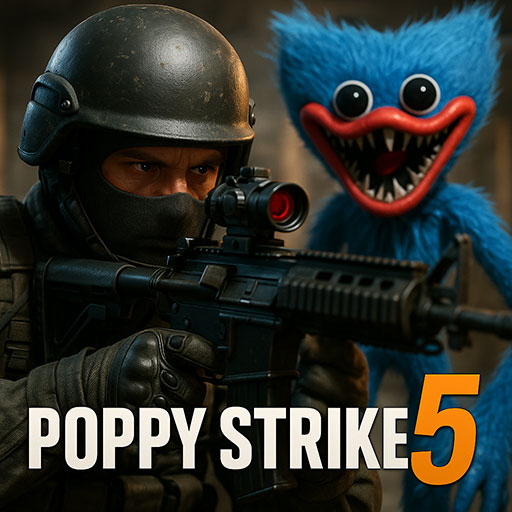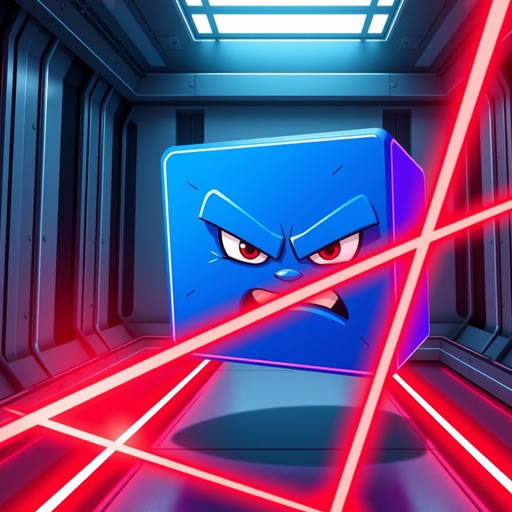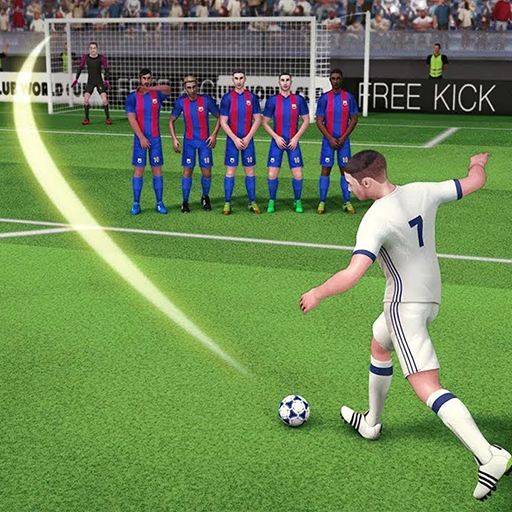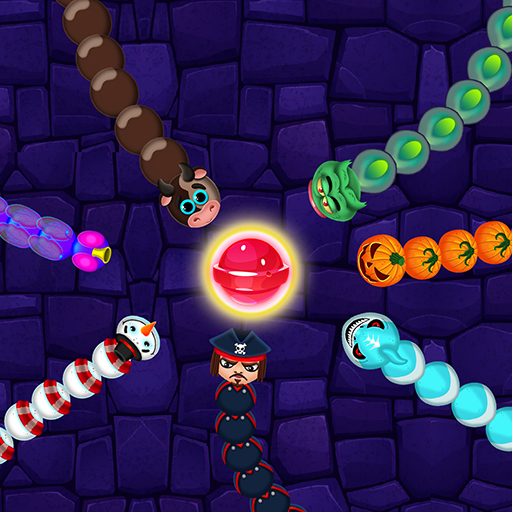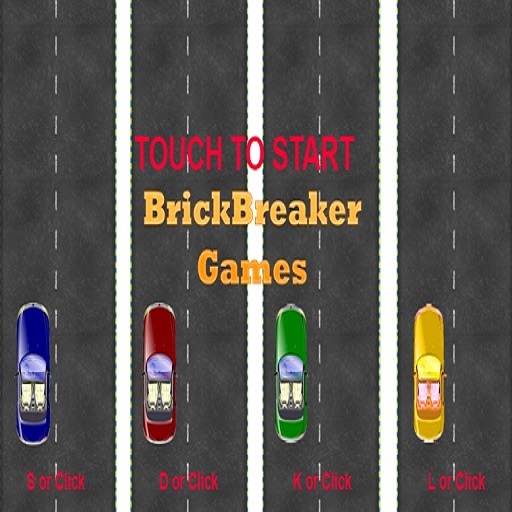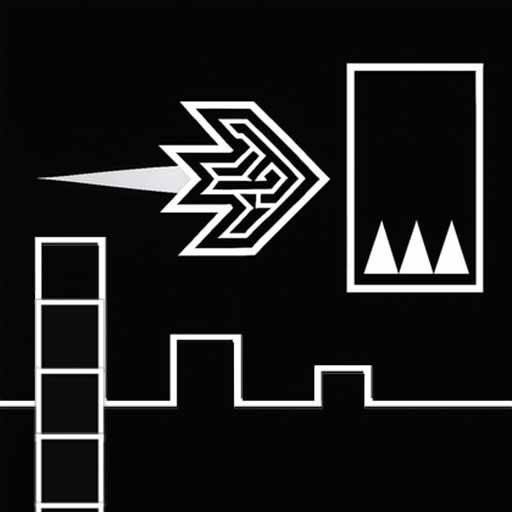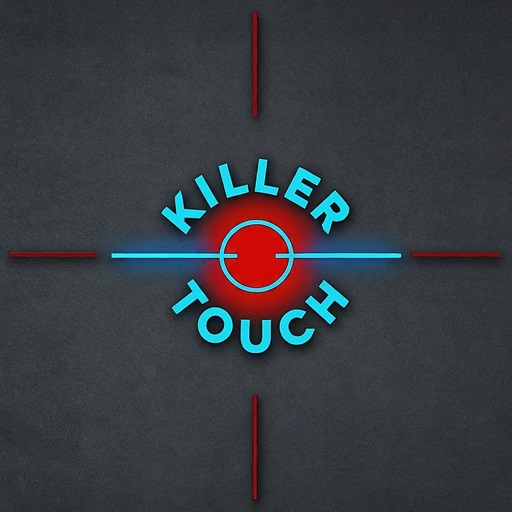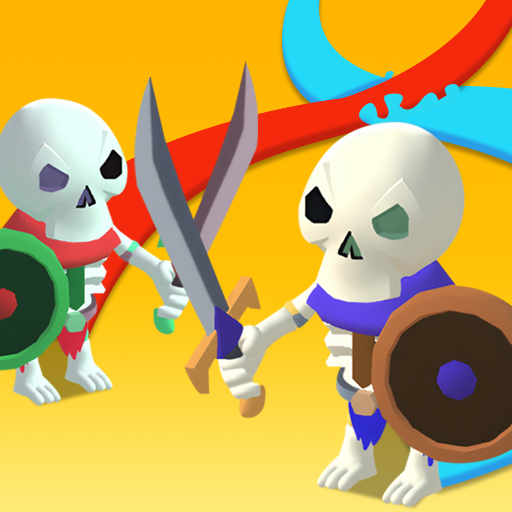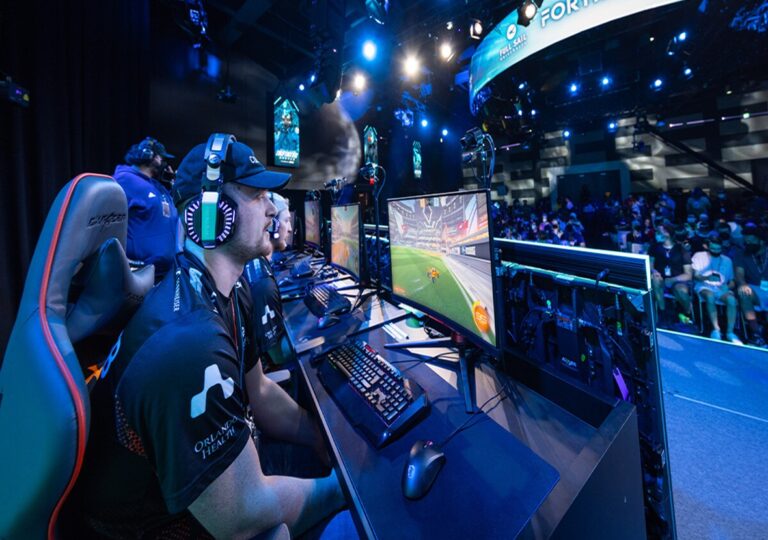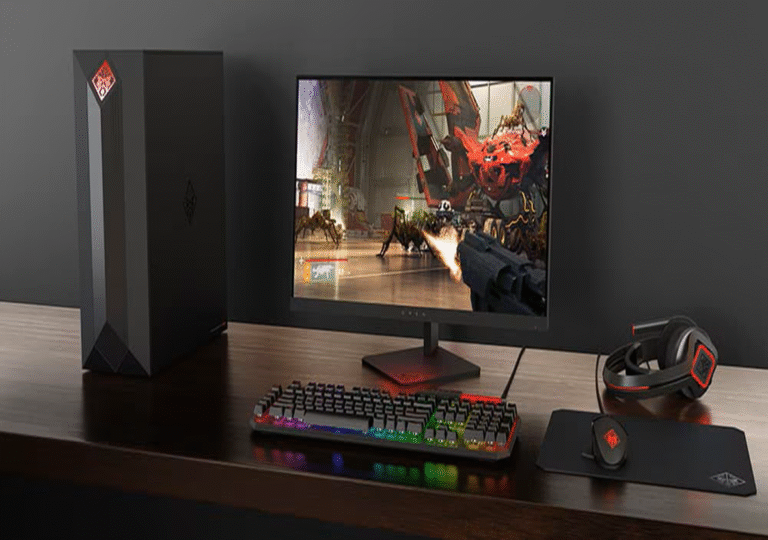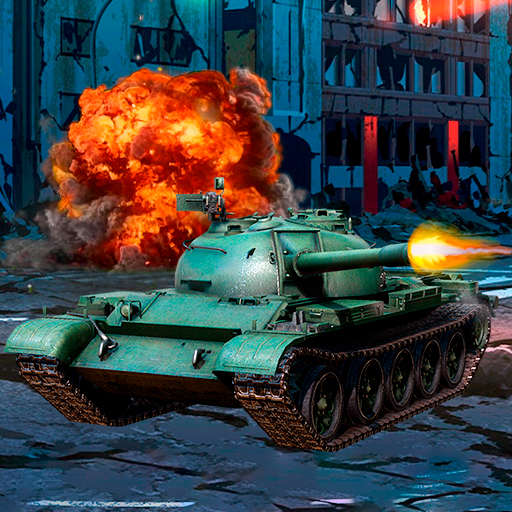
Tank Napoleon
Tank Napoleon
The term “Tank Napoleon” may evoke images of steampunk fantasy or alternative history narratives, yet it represents a fascinating fusion of historical military strategy and futuristic mechanized warfare. Although Napoleon Bonaparte never had access to tanks—an invention that would emerge over a century later—the concept of merging his tactical brilliance with armored combat technology presents compelling avenues for exploration in speculative history, engineering innovation, and popular culture.
This discussion delves into the legacy, conceptual design, cultural significance, and speculative advancements associated with the idea of Tank Napoleon. We will examine the enduring appeal of this notion and how it continues to captivate storytellers, historians, and military theorists alike.
Napoleon and His Obsession with Military Innovation
Napoleon Bonaparte wasn’t just a military genius; he was a keen advocate for technological advancement. Though his empire thrived in an era of muskets, bayonets, and cavalry charges, he never shied away from incorporating innovative ideas. Under his reign, the French military saw reforms in logistics, artillery tactics, and battlefield communication. It’s fair to say that had the tank existed in his time, Napoleon would have eagerly seized upon its strategic potential.
He famously said, “Imagination rules the world.” This quote serves as a fitting lens through which to examine the hypothetical construct of the Tank Napoleon — a machine that didn’t exist in his era but could’ve changed the course of global warfare had it been real.
The Birth of a Myth: Did Napoleon Dream of a Tank?
While there’s no historical record of Napoleon conceiving a tracked, armored vehicle like the modern tank, several 19th-century documents suggest inventors had submitted ambitious mechanical warfare concepts to the Emperor. Most of these ideas were variations of mobile artillery or steam-powered wagons, dismissed as impractical or fantastical at the time. Still, the seed was planted.
Over the centuries, artists and writers have reimagined Napoleon’s campaigns had he been equipped with modern or futuristic weapons. The concept of a “Tank Napoleon” often emerges from this creative sandbox — a reimagined machine of war, often powered by steam or clockwork mechanisms, and wrapped in the aesthetics of Napoleonic France.
Imagining the Tank Napoleon: Design and Features
Let’s entertain the concept seriously: if Napoleon had access to tank technology in the early 1800s, what might such a machine look like?
The Tank Napoleon, as it is often visualized in art and fiction, borrows heavily from the aesthetics of the era. Picture a large, riveted armored vehicle with gilded eagles embossed on the sides, perhaps steam-powered with towering smokestacks and rotating cannons. Unlike World War I tanks which focused on trench warfare, the Tank Napoleon would likely prioritize battlefield mobility, charging directly at enemy formations in open fields.
Designers in the steampunk and retrofuturist communities often depict it with spoked wheels or early caterpillar tracks, heavy bronze plating, and an imposing silhouette worthy of the Emperor’s ego. This imaginative rendering combines military might with French imperial elegance — a machine not only built to win but to inspire awe.
Could It Have Worked? Technology in the Napoleonic Era
In reality, the engineering challenges of building a functioning tank during Napoleon’s reign would have been insurmountable. Metallurgy wasn’t advanced enough to produce large armor plates capable of withstanding cannon fire. Internal combustion engines didn’t exist. Steam engines were large, heavy, and prone to explosion. And the tracks, a defining characteristic of tanks, wouldn’t be patented until 1832 — long after Napoleon’s death in 1821.
However, military theorists often argue that the real innovation is not in the machine itself, but in the mindset that seeks to employ it. Napoleon’s openness to new ideas, his centralized command style, and his logistic prowess suggest that had such technology existed, he would have used it decisively and effectively.
Cultural Representations and Pop Culture Appearances
The Tank Napoleon is more than just a “what if” for history buffs. It has appeared in video games, graphic novels, and speculative fiction. In many of these portrayals, it becomes a symbol of an alternative world where the Industrial Revolution arrives earlier or progresses faster, allowing for mechanized warfare during the Age of Empire.
Games like Command & Conquer: Red Alert, Iron Harvest, and Scythe don’t feature the Tank Napoleon directly but draw heavily from the steampunk motif that it inspires. Likewise, comics and books set in alternate 19th centuries often include characters or armies equipped with early tanks, often led by a reimagined Napoleon or a descendant bent on global domination.
These portrayals keep the legend alive and fuel the imagination of audiences across the world.
The Tank as a Symbol of Power and Propaganda
If Napoleon had somehow deployed tanks in the early 1800s, their psychological effect would have been immense. The thunderous noise, the plumes of smoke, and the armored plating would seem godlike to troops accustomed to horses and bayonets. The very sight of such a beast could cause entire battalions to break ranks and flee.
In an era where image was everything, the Tank Napoleon would also serve as a terrifying symbol of imperial might. With golden trim and the French tricolor waving overhead, it would be less a machine of war and more a rolling monument to the Emperor’s invincibility.
This hypothetical also underscores how tanks, even in modern warfare, serve not just as weapons but as instruments of psychological dominance.
Steampunk and the Legacy of Imagined Inventions
The Tank Napoleon fits perfectly into the steampunk genre — a literary and visual style that mixes Victorian sensibilities with advanced, often anachronistic technology. Steampunk often poses the question: “What if the past had access to the future?”
The answer, in the case of Napoleon, is this fearsome, smoke-belching tank. Whether crawling over enemy lines or leading a parade through a conquered capital, it represents the ultimate “what could have been.”
This blending of history and fantasy continues to influence art, design, and even engineering prototypes in theme parks or retro-themed exhibitions. It bridges the gap between real history and the future that never was.
Napoleon’s Real War Machines
To appreciate how forward-thinking the concept of a Tank Napoleon really is, one must understand the real tools of war that Napoleon used. Chief among them was artillery. Napoleon elevated the use of cannons to a strategic centerpiece. His mobile artillery corps could be deployed quickly and with devastating results, often turning the tide of battle.
He also revolutionized logistics. The Grande Armée was supplied with innovative mobile kitchens, standardized uniforms, and even rudimentary medical support. These advancements laid the groundwork for modern military infrastructure.
It’s not hard to imagine that, given access to better materials and industrial support, Napoleon’s war machine might have evolved into something not too far from the tank.
The Tank Napoleon in Education and Historical Thought Experiments
Historians and educators sometimes use the Tank Napoleon as a teaching tool to spark discussion around historical turning points, technological determinism, and military strategy. What if the Industrial Revolution had started earlier? What if Napoleon had lived longer? Could he have changed the outcome at Waterloo with a tank?
These thought experiments, while fictional, help students grasp the relationship between innovation, leadership, and historical outcomes. They also highlight the limitations of technology when not paired with infrastructure, training, and doctrine.
Why the Tank Napoleon Still Captivates Us
The enduring appeal of the Tank Napoleon lies in its perfect balance of fantasy and possibility. It’s not so absurd as to be dismissed outright, yet it’s fantastical enough to stimulate the imagination. It embodies the dreams of engineers and emperors alike — a fusion of brain and brawn, metal and myth.
More than a weapon, the Tank Napoleon is an idea. A symbol of what human ambition might accomplish when unrestrained by time, resources, or feasibility.
Conclusion
The Tank Napoleon may never have traversed the muddy terrain of Austerlitz or breached the fortifications of Waterloo, yet in the realm of visionaries, designers, and historians, it remains an enduring concept. It symbolizes a hypothetical juncture in history—one that could have reshaped the modern world had technological advancements aligned earlier with the ambitions of one of history’s most relentless leaders.
Although it exists solely within the realms of alternative history and speculative fiction, the Tank Napoleon serves as a reminder that imagination is a formidable force—capable of influencing narratives and innovations as profoundly as any cannon or armored frame.
